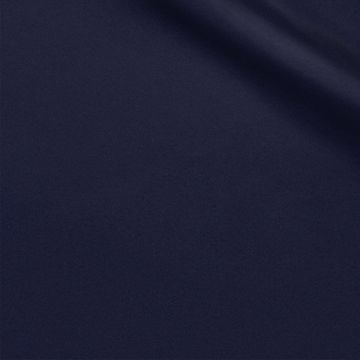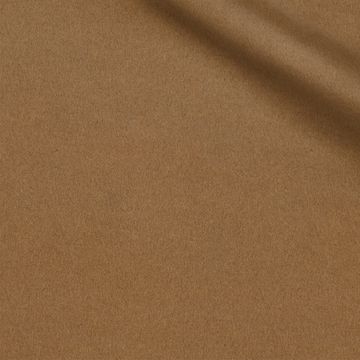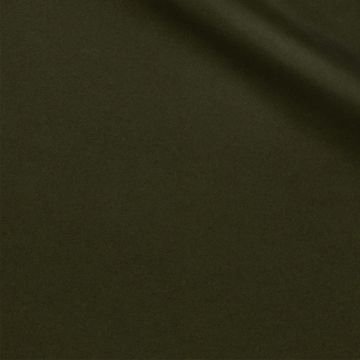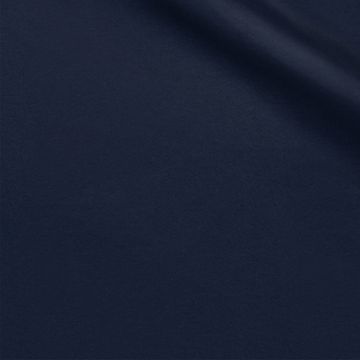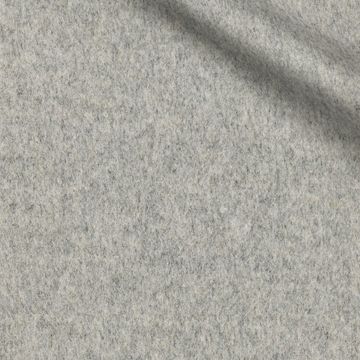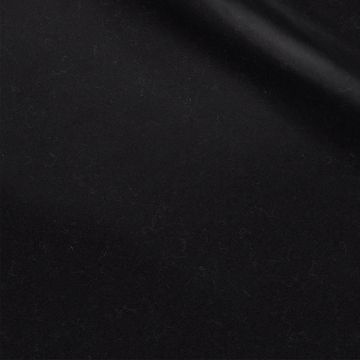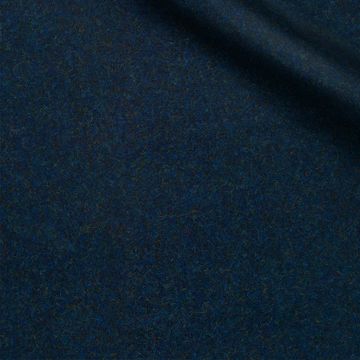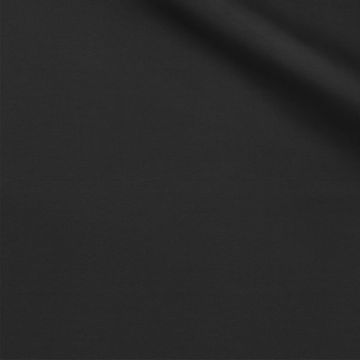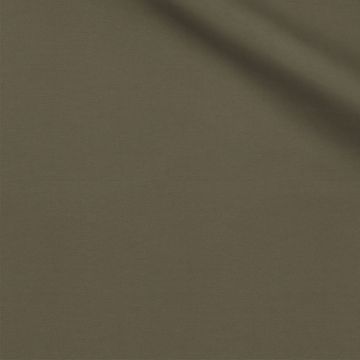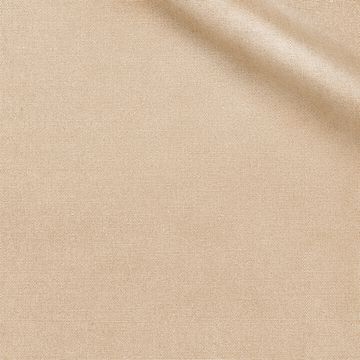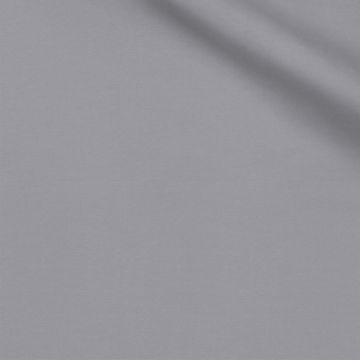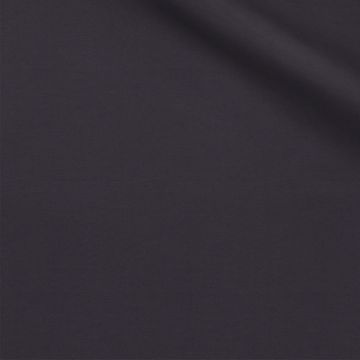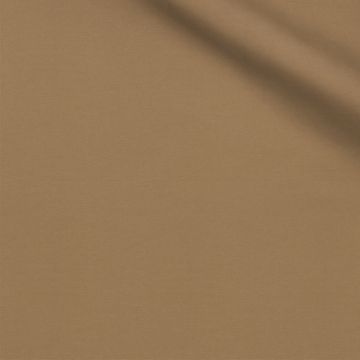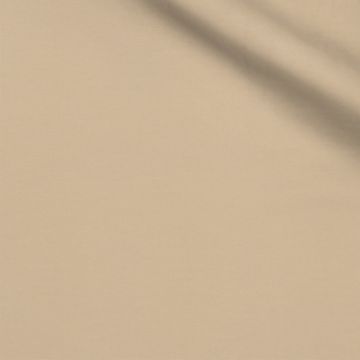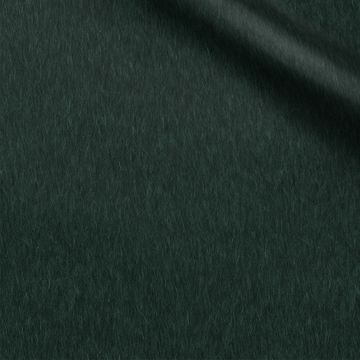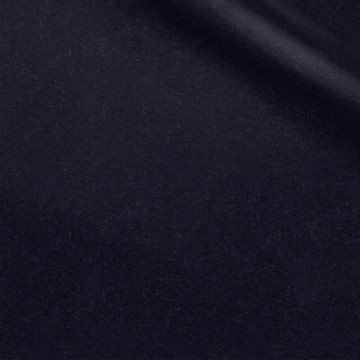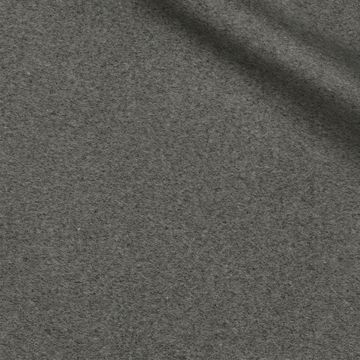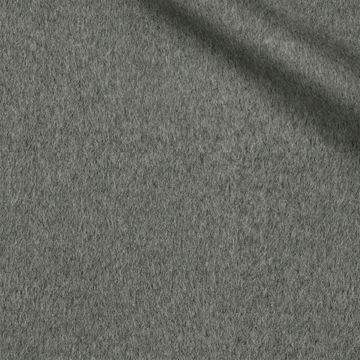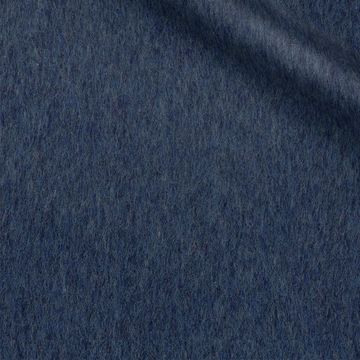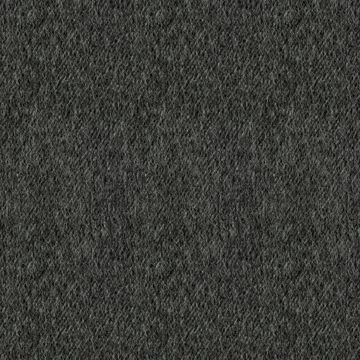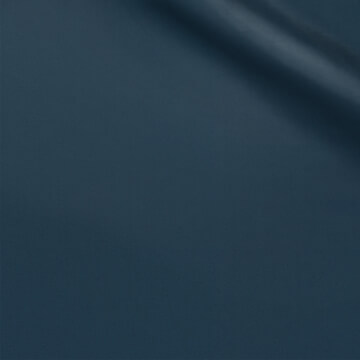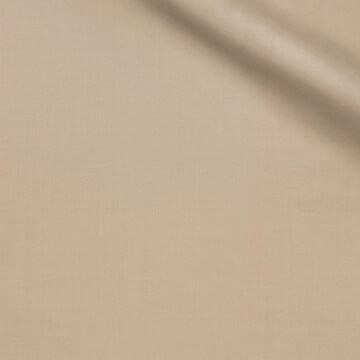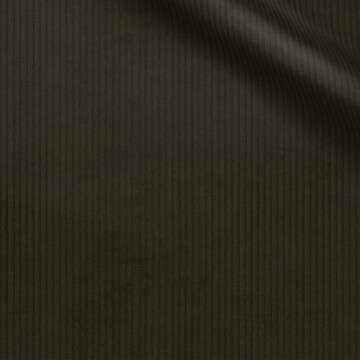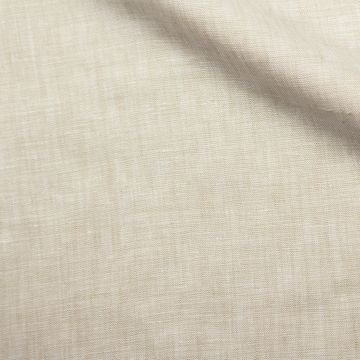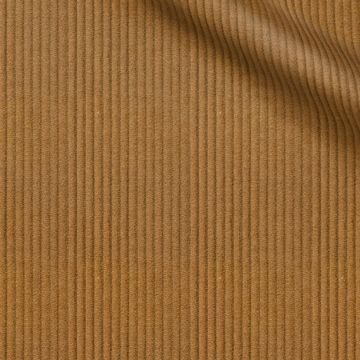Looking for the perfect coat but overwhelmed by the options? Whether you’re a fashion guru wanting to expand your wardrobe or someone simply looking to understand the basics, this is the article for you. We'll guide you through 20 different types of men's coats that are staples in men’s fashion. We'll break down each type, helping you understand whether it works with a suit, what outfits complement it, the seasons it's most suited for, and the occasions where it shines. Get ready for a comprehensive, one-stop guide to men's coats that leaves no room for confusion.
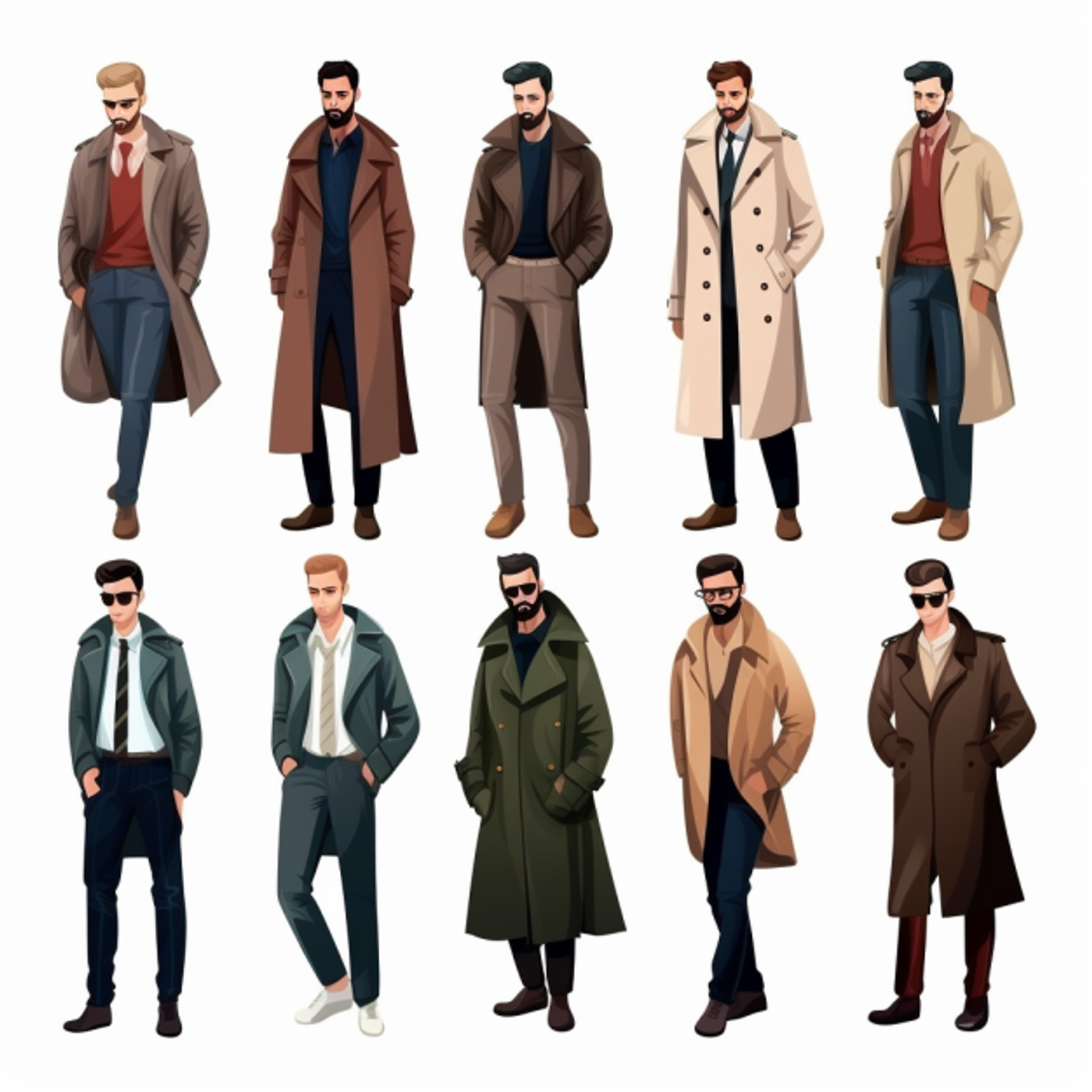
When it comes to men's fashion, one item often relegated to the 'afterthought' category is the coat. Yet, this isn't just a layer you throw on out of necessity; it's your calling card to the world. Picture this: You're stepping out into the chilly air, and what's the first thing people notice? Your coat. This quintessential piece can be a mark of your personal style, sophistication, and even your professional status. Choosing the right coat isn't just advisable—it's a fashion imperative.
Why the Type of Coat You Choose Matters
1. Show Your Style Easily
Your coat can be a quick snapshot of who you are. Want to look put-together and professional? Opt for an Overcoat. Going for a more laid-back vibe? A Denim Jacket has your name all over it. Each coat carries its own message, so pick one that aligns with your personal style.
2. Dress for the Occasion
Wearing the right coat for the right event is key. Let's make it simple: You wouldn't pair a casual Bomber Jacket with a business meeting. So, always consider the setting. Formal events call for formal coats like a Chesterfield or Alpaca Coat. For casual hangouts, you’ve got more freedom. Coats like Quilted Jackets or Leather Jackets are fair game.
3. Keep the Weather in Mind
Picking a coat isn’t just about style; it’s also about practicality. The weather isn't just small talk; it's crucial in your choice. Light coats like Trench Coats are excellent for milder weather, but when winter sets in, you'll need something with a bit more heft like a Parka.
4. Don't Forget Comfort
Last but not least, comfort is king. Even the most stylish coat won't cut it if it's uncomfortable. Check for fit, and make sure the material feels good against your skin. Remember, you'll be wearing this coat quite a bit, so make sure it’s something you’ll enjoy.
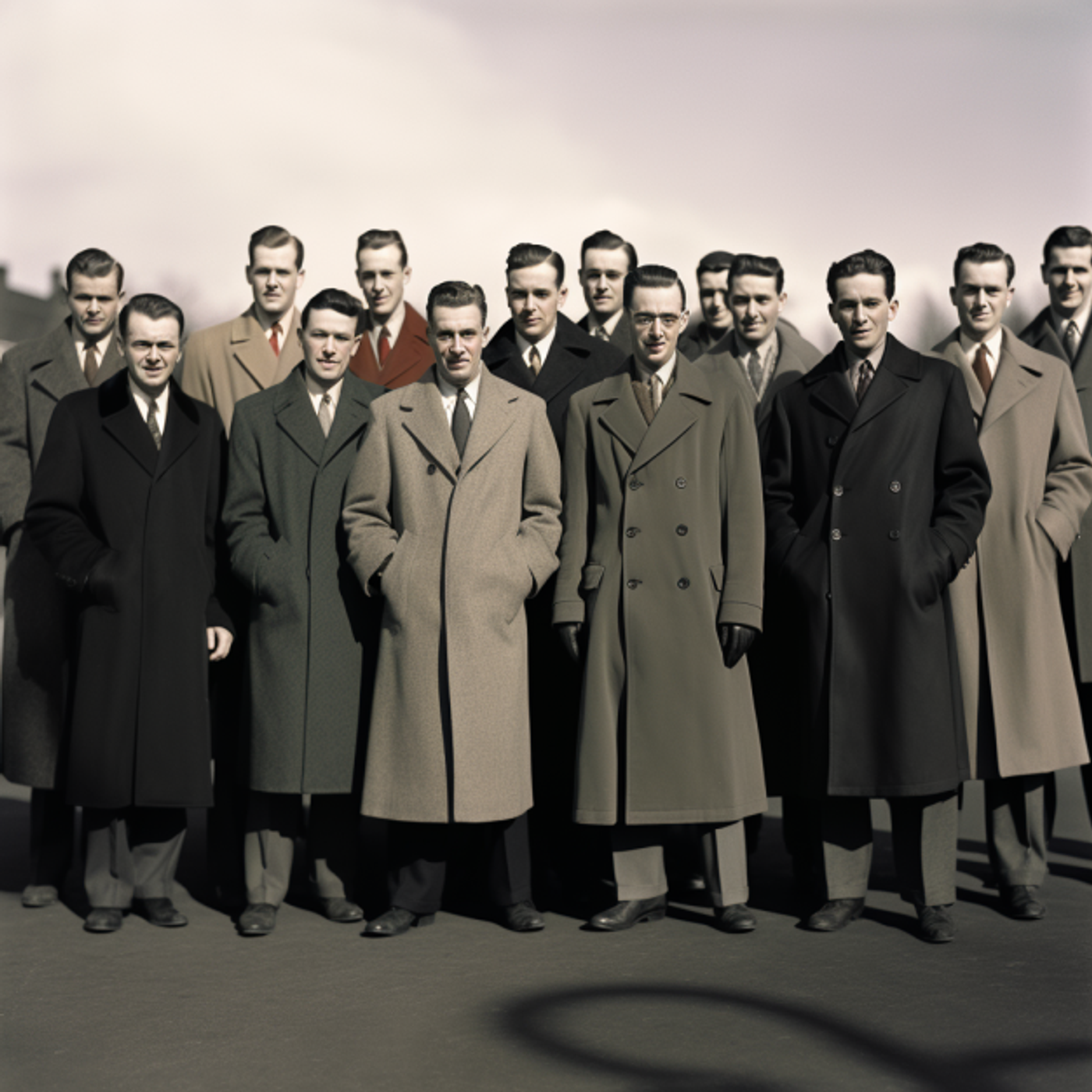
Your Go-To Guide: 20 Types of Men's Coats
Now that we’ve established why the type of coat you choose is so important, let’s dive into specifics. Below is a comprehensive table detailing 20 Types of Men's Coats. This table offers a quick look at whether each coat type works with a suit, what outfit complements it best, the ideal seasons to wear it, where it's most appropriately worn, and its defining features.
| Type of Coat | With a Suit? | Ideal Outfit | Seasonality | Occasion | Main Feature |
|---|---|---|---|---|---|
| Chesterfield | Yes | Suit, formal shirt, dress shoes | Winter, Fall | Formal, Business | Elegant Simplicity |
| Overcoat | Yes | Suit, dress shoes, formal shirt, tie | Winter, Fall | Formal, Business | Classic Formal |
| Topcoat | Yes | Suit, formal shirt, tie, dress shoes | Fall, Winter | Formal, Business | Lighter Overcoat |
| Mac Coat | Yes | Suit or business casual trousers, shirt, dress shoes | Fall, Winter | Formal, Business | Functional Elegance |
| Trench Coat | Yes | Suit, or chinos, dress shirt, and leather shoes | Spring, Fall | Formal, Business | Double-breasted, Belted |
| Raincoat | Yes | Business attire or casual wear | Not Summer | Casual, Business | Water-resistant |
| Double-Breasted Overcoat | Yes | Suit, formal shirt, dress shoes | Winter, Fall | Formal, Business | Classic & Formal |
| Alpaca Coat | Yes | Suit, formal shirt, dress shoes | Winter | Formal, Business | Luxurious Material |
| Padded Piece Blazer | Yes | Business casual, chinos, shirt, loafers | Fall, Winter | Business, Semi-Formal | Padded Insulation |
| Corduroy Jacket | No | Chinos or jeans, casual shirt or turtleneck, loafers or boots | Fall, Spring | Casual, Semi-Formal | Texture Play |
| Funnel Neck Coat | Yes | Crisp shirt, tailored trousers, brogues or loafers | Fall, Winter | Business, Semi-Formal | Chic Functionality |
| Quilted Jacket | No | Jeans or chinos, casual shirt, casual shoes | Fall, Winter | Casual | Quilted Pattern |
| Pea Coat | No | Jeans or chinos, sweater, casual shoes/boots | Winter, Fall | Casual, Semi-Formal | Double-breasted |
| Field Jacket | No | Chinos/jeans, casual shirt, casual shoes | Spring, Fall | Casual, Outdoor | Military Inspired |
| Trucker Jacket | No | Jeans, t-shirt or casual shirt, casual shoes | Spring, Fall | Casual | Denim Material |
| Duffle Coat | No | Casual pants, knit sweater, boots | Winter | Casual | Toggle Fastenings |
| Leather Jacket | No | Jeans, t-shirt or casual shirt, casual shoes/boots | Spring, Fall | Casual, Night Out | Leather Material |
| Bomber Jacket | No | Casual pants/jeans, t-shirt, sneakers | Spring, Fall | Casual | Ribbed Cuffs & Hem |
| Denim Jacket | No | Casual pants, t-shirt, sneakers | Spring, Fall | Casual | Denim Material |
| Anorak | No | Casual pants/jeans, t-shirt, sneakers | Spring, Fall | Casual, Outdoor | Pullover Style |
| Varsity Jacket | No | Jeans, t-shirt, sneakers | Spring, Fall | Casual | Two-Tone Design |
| Parka | No | Jeans, t-shirt, sneakers | Winter | Casual, Outdoor | Hooded & Insulated |
Formal Coats
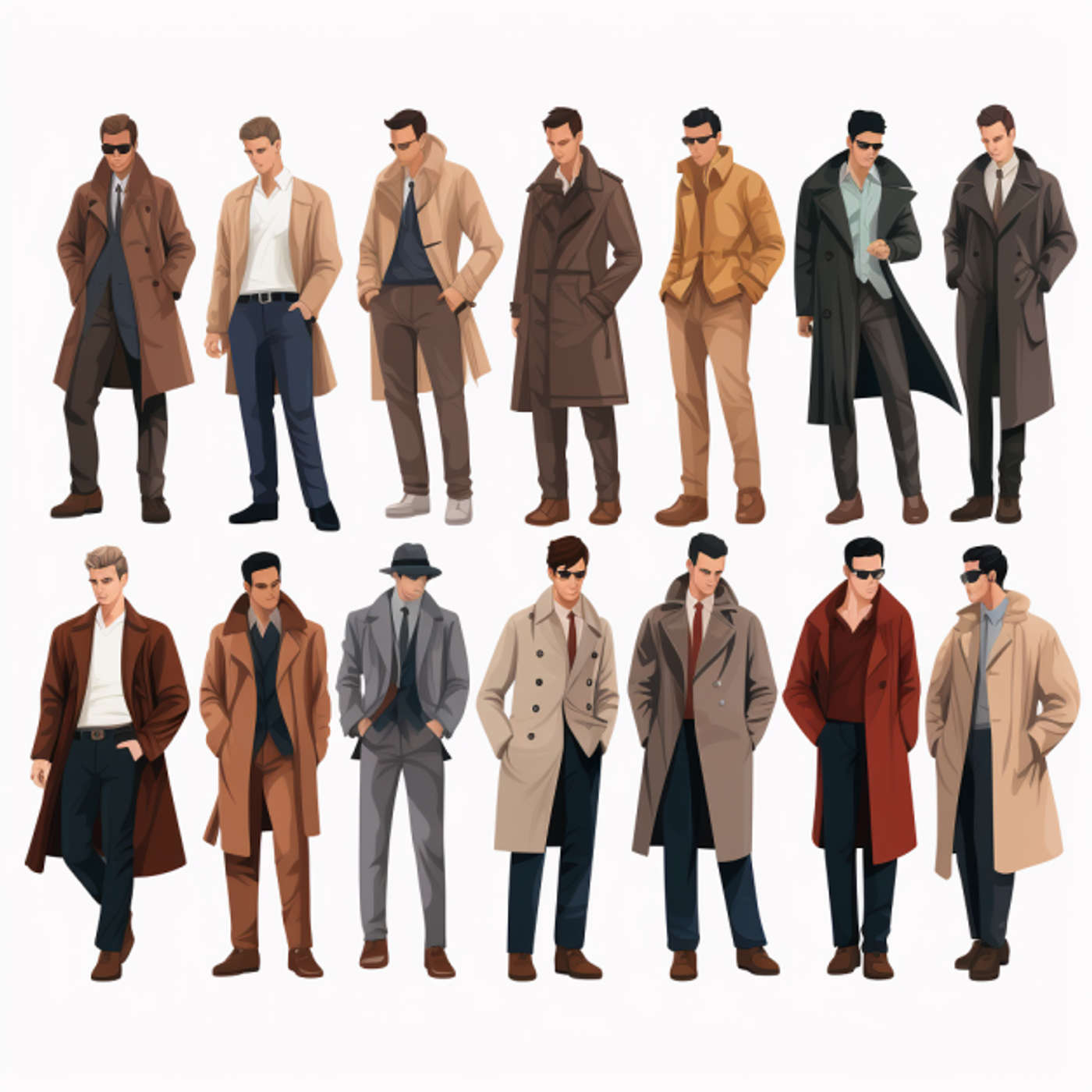
Chesterfield Coat
A classic choice for the discerning gentleman, the Chesterfield coat combines elegance and functionality.

- What It Is: A single-breasted overcoat with a velvet collar. It's a classic that screams sophistication.
- How to Combine It: Pair it with a suit, formal shirt, and dress shoes. Stick to monochrome shades like black, navy, or gray for a timeless look.
- When to Wear It: Best for Winter and Fall. Ideal for Formal and Business settings.
- Why You Should Own One: Versatility: It’s the Jack of all trades in formal outerwear—elegant but not overly showy.
Overcoat
For those who want to make a strong style statement without compromising on comfort, the Overcoat is your go-to option. Learn what is an overcoat and how to wear an overcoat and rule your Monday-to-Friday routine during winter.
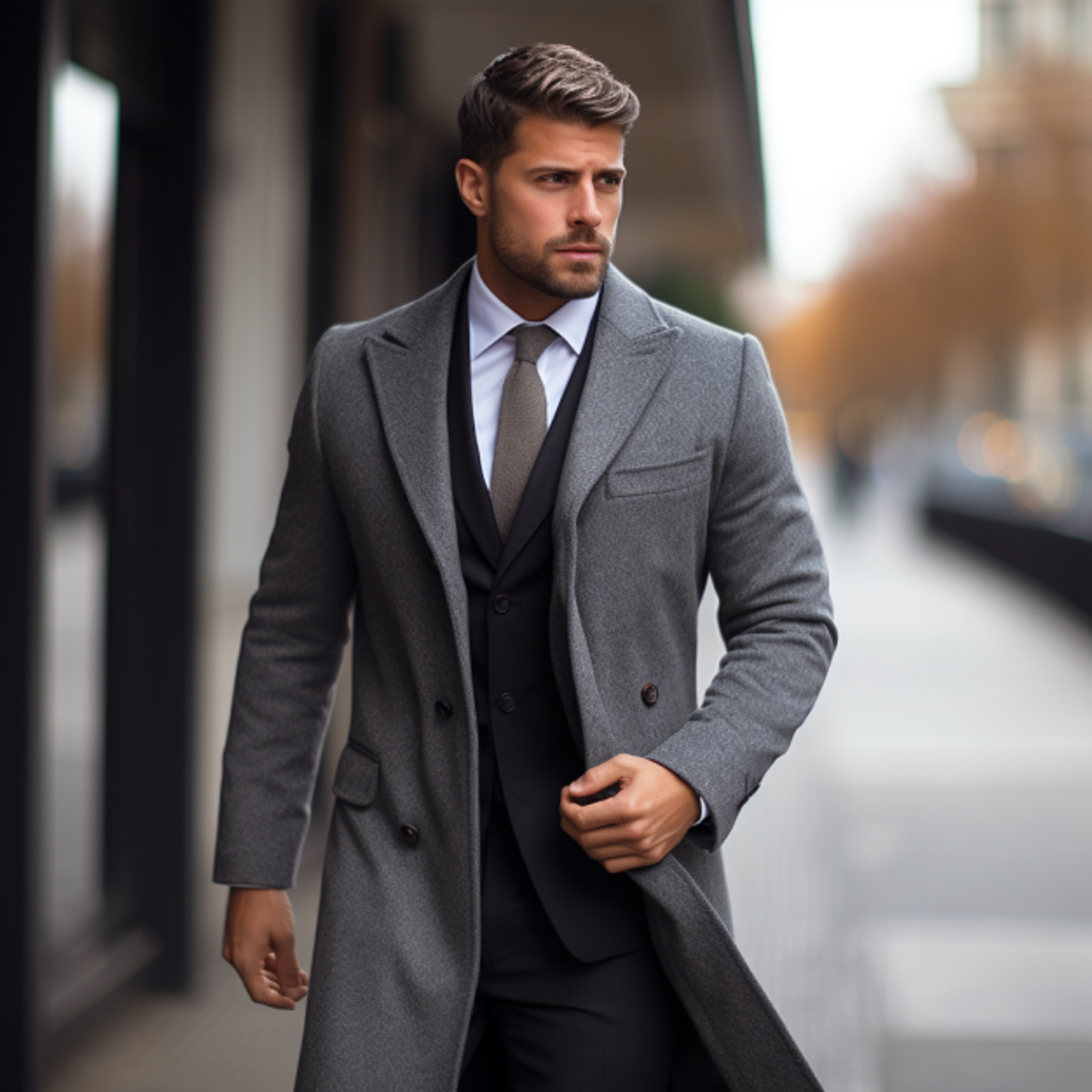
- What It Is: A long coat with a tailored fit that exudes professionalism and classic style.
- How to Combine It: A suit, formal shirt, dress shoes, and a tie will do. Go neutral—think black, charcoal, or camel.
- When to Wear It: Perfect for Winter and Fall. Suited for Formal and Business gatherings.
- Why You Should Own One: Every man should own an Overcoat; it's the cornerstone of any formal winter wardrobe.
Topcoat
When you want the elegance of an Overcoat without the bulk, the Topcoat offers the perfect middle-ground.
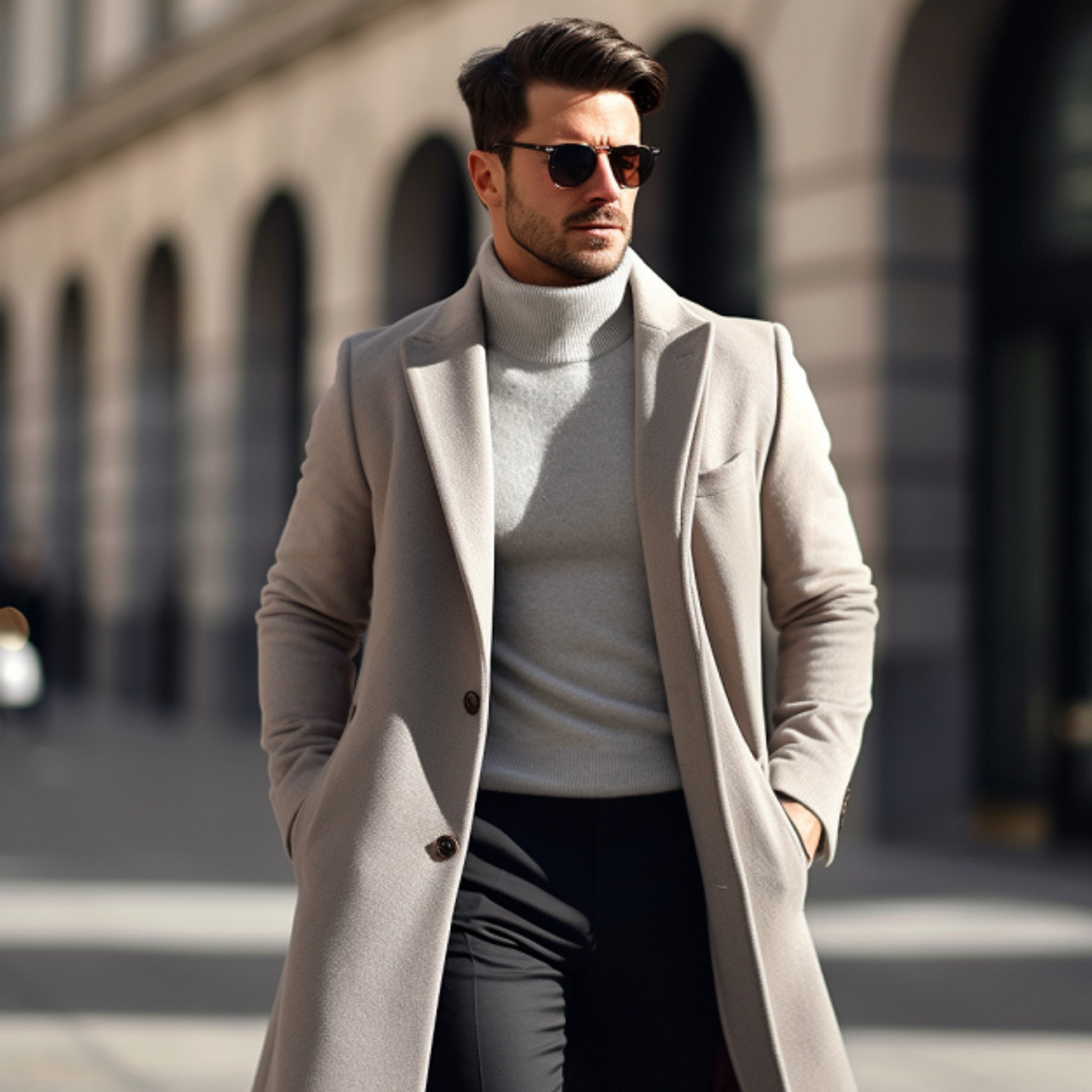
- What It Is: Similar to an Overcoat but lighter, making it more versatile across seasons.
- How to Combine It: Suits, formal shirts, ties, and dress shoes are your best bet. Keep it simple with grays, blacks, or navy.
- When to Wear It: A good pick for Fall and Winter. Perfect for Formal and Business events but flexible enough for less formal ones too.
- Why You Should Own One: Multi-Season Use: It's the Overcoat's less bulky cousin, making it more versatile for varying temperatures.
Mac Coat
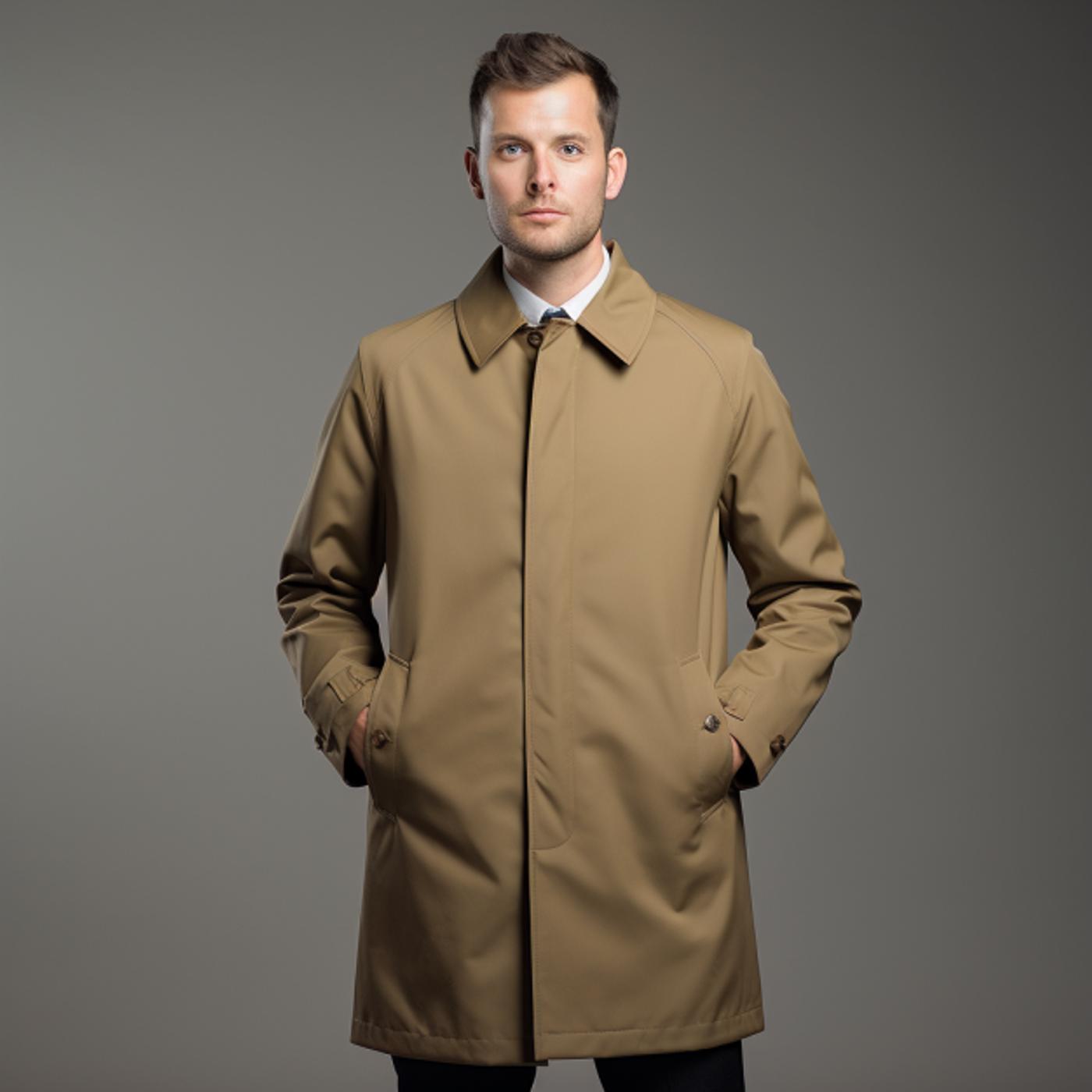
For the modern man seeking a blend of traditional tailoring and contemporary style, the Mac Coat is a stellar choice.
- What It Is: A lightweight, often waterproof coat known for its functional elegance.
- How to Combine It: Goes well with a suit or business casual trousers, shirt, and dress shoes.
- When to Wear It: Ideal for Fall and Winter. Suited for Formal and Business settings.
- Why You Should Own One: Functional Elegance: Combines the durability of a raincoat with the elegance of a formal coat.
Trench Coat

A true icon in men's fashion, the Trench Coat adds a touch of mystery and sophistication to any outfit.
- What It Is: A double-breasted, belted coat that’s often water-resistant.
- How to Combine It: Wear it over a suit, or pair it with chinos, a dress shirt, and leather shoes.
- When to Wear It: Best for Spring and Fall. Versatile enough for Formal and Business settings.
- Why You Should Own One: Timeless Style: It's a wardrobe staple that has stood the test of time. Need more reasons? Read our trench coats guide.
Raincoat
Don’t let bad weather cramp your style; the Raincoat keeps you dry without sacrificing looks.
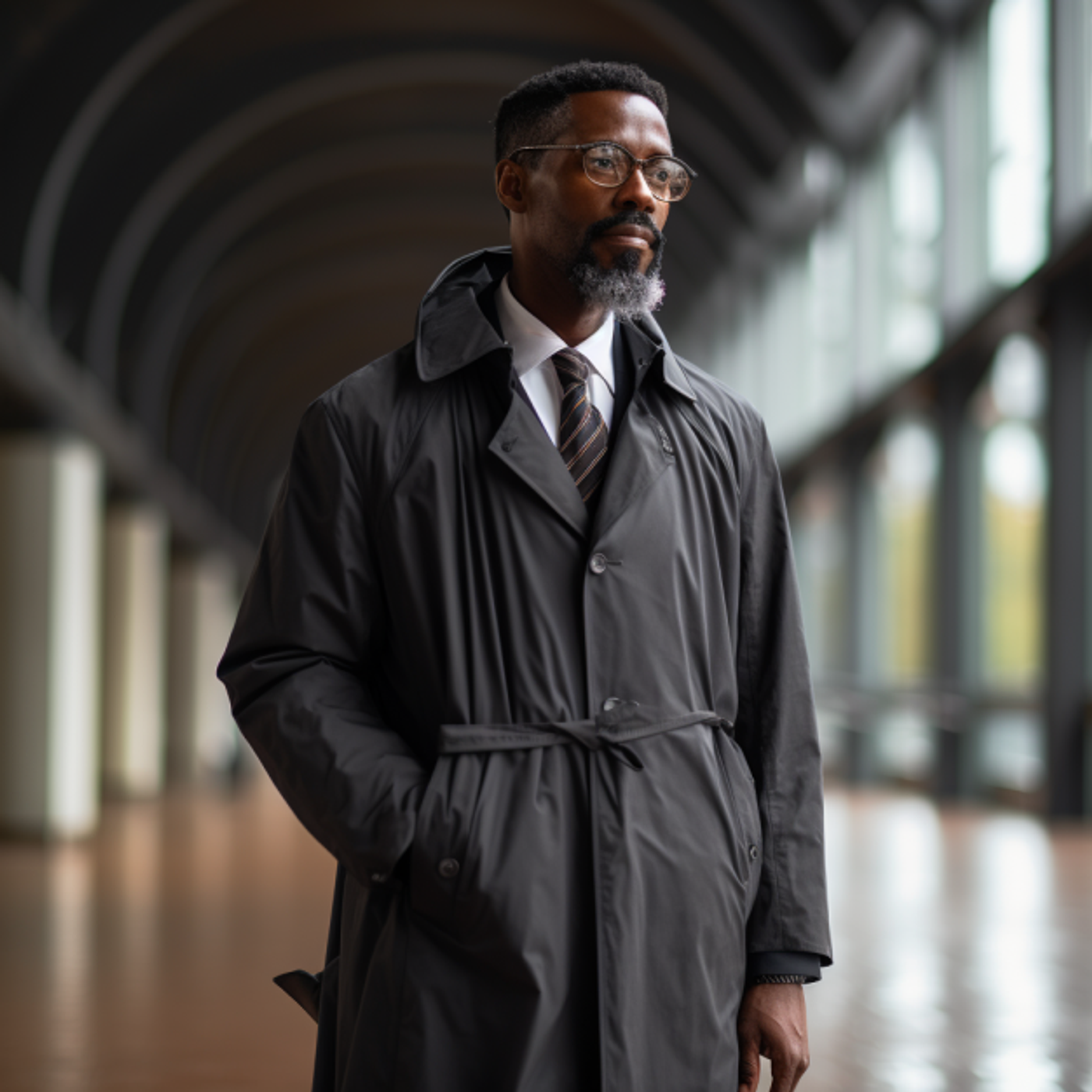
- What It Is: A water-resistant coat that ranges in style from casual to business-ready.
- How to Combine It: Compatible with business attire or casual wear, depending on the material and style.
- When to Wear It: Any season except Summer. Good for both Casual and Business occasions.
- Why You Should Own One: Practicality: It's a stylish way to stay dry.
Double-Breasted Overcoat
When you're looking to make a statement with your outerwear, the Double-Breasted Overcoat speaks volumes.
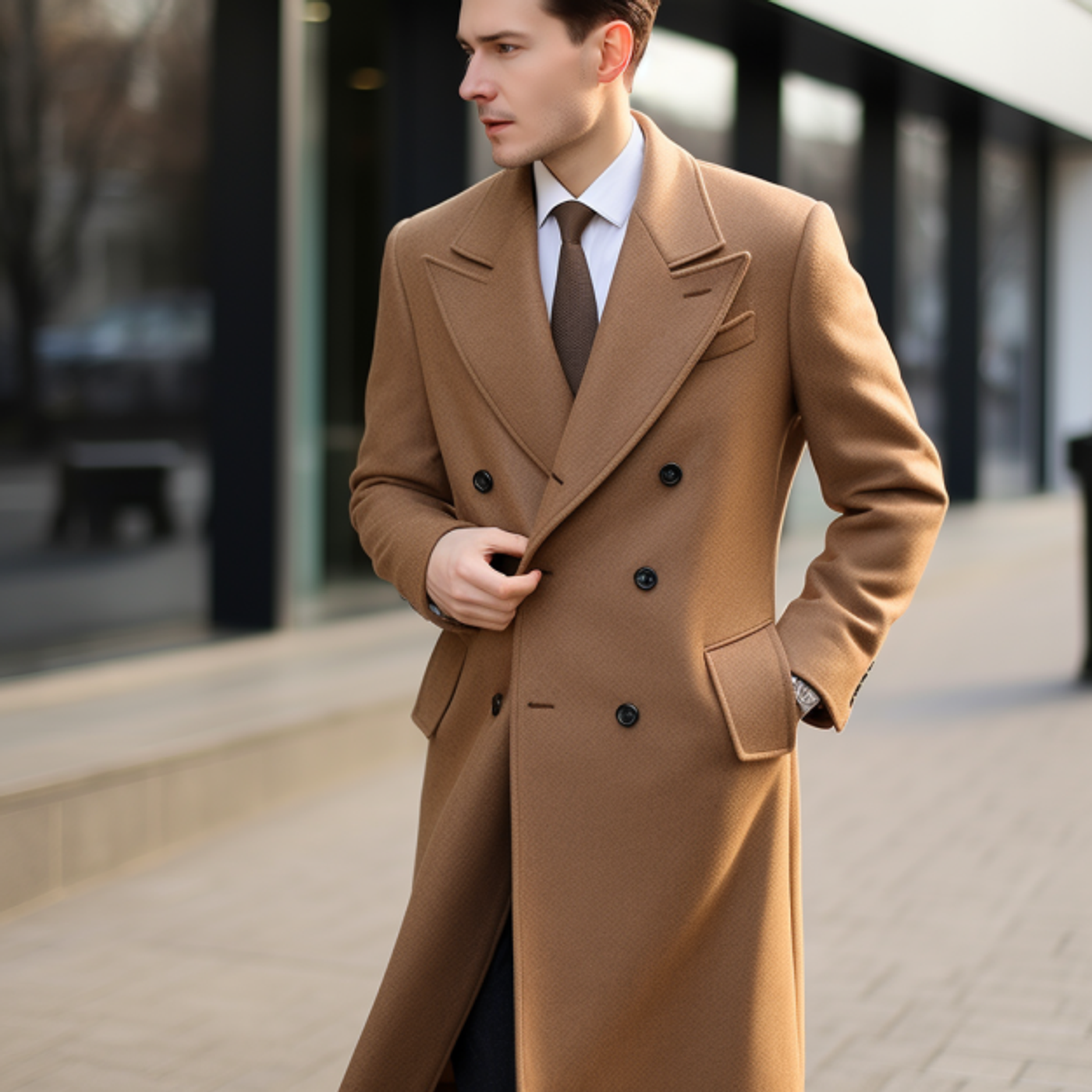
- What It Is: An overcoat with a double row of buttons, offering a more formal look.
- How to Combine It: Ideal with a suit, formal shirt, and dress shoes.
- When to Wear It: Perfect for Winter and Fall. Suited for Formal and Business events.
- Why You Should Own One: It's the epitome of formality and adds an extra touch of class to any outfit.
Alpaca Coat

Luxury meets practicality in the Alpaca Coat, offering unparalleled comfort and style.
- What It Is: A coat made from luxurious Alpaca fibers, known for their softness and warmth.
- How to Combine It: A suit, formal shirt, and dress shoes work best.
- When to Wear It: Best during the Winter season. Ideal for Formal and Business settings.
- Why You Should Own One: Comfort and Luxury: The alpaca fibers provide unmatched softness and insulation.
Funnel Neck Coat
A modern twist on classic outerwear, the Funnel Neck Coat delivers warmth with elevated style.

-
What It Is: A coat featuring a funnel-shaped neck that offers extra warmth and a contemporary aesthetic.
-
How to Combine It: Pairs seamlessly with business-casual outfits, like a crisp shirt, tailored trousers, and brogues or loafers.
-
When to Wear It: Best for Fall and Winter. Ideal for Business Casual and Semi-Formal settings.
-
Why You Should Own One: Chic Functionality: The funnel neck not only adds a modern edge to your look but also provides extra warmth on those colder days. It's the perfect blend of practicality and flair, making it a valuable addition to any modern man's wardrobe.
Padded Piece Blazer
This is not your average blazer. The Padded Piece Blazer is the ultimate fusion of style and comfort.

- What It Is: A hybrid of a blazer and padded jacket, offering warmth and a semi-formal look.
- How to Combine It: Pair with business casual attire—think chinos, a shirt, and loafers.
- When to Wear It: Ideal for Fall and Winter. Suited for Business and Semi-Formal occasions.
- Why You Should Own One: It's your versatile cold-weather option when a regular blazer just won't cut it.
Casual Coats
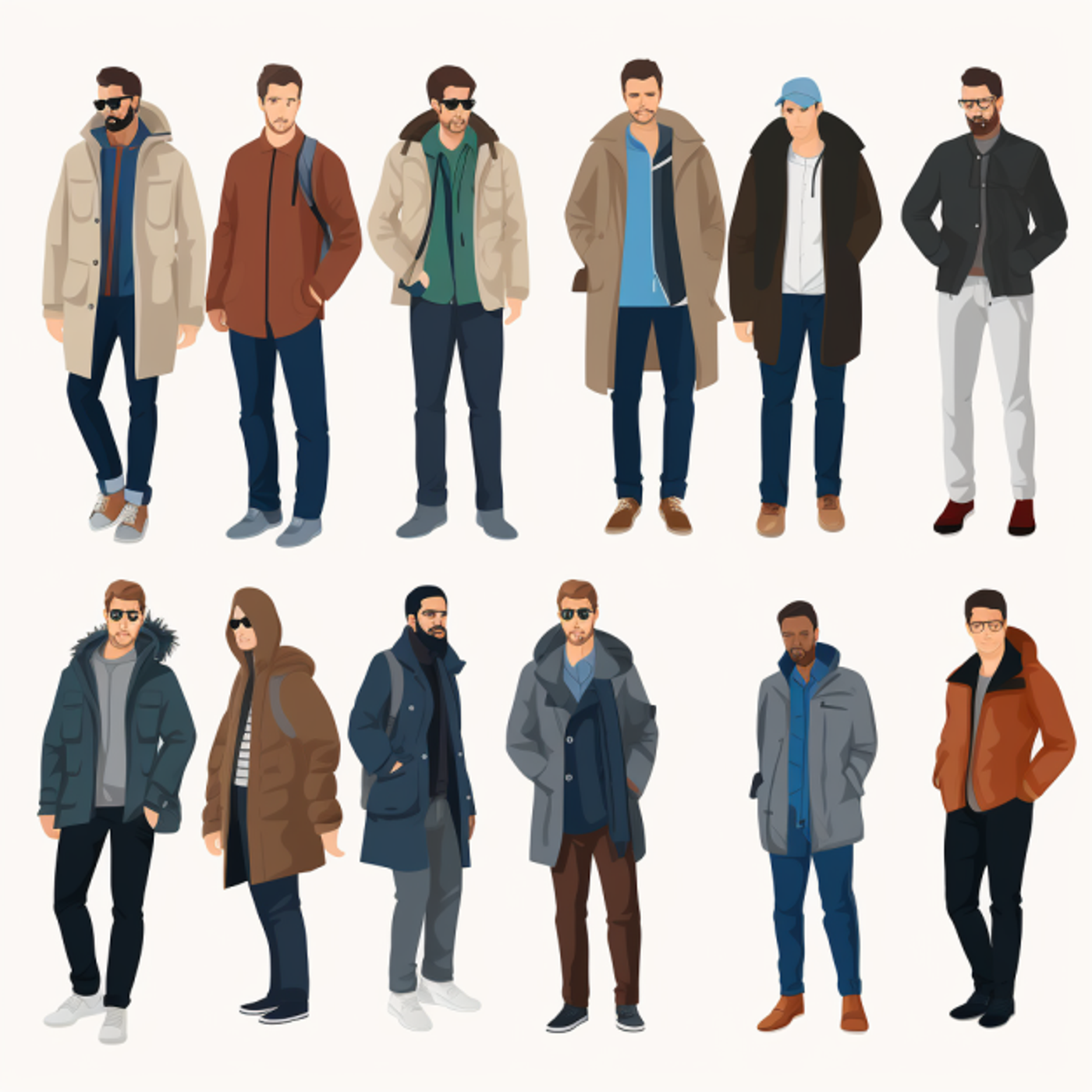
Quilted Jacket
For laid-back weekends and casual outings, nothing beats the comfort and versatility of a Quilted Jacket.
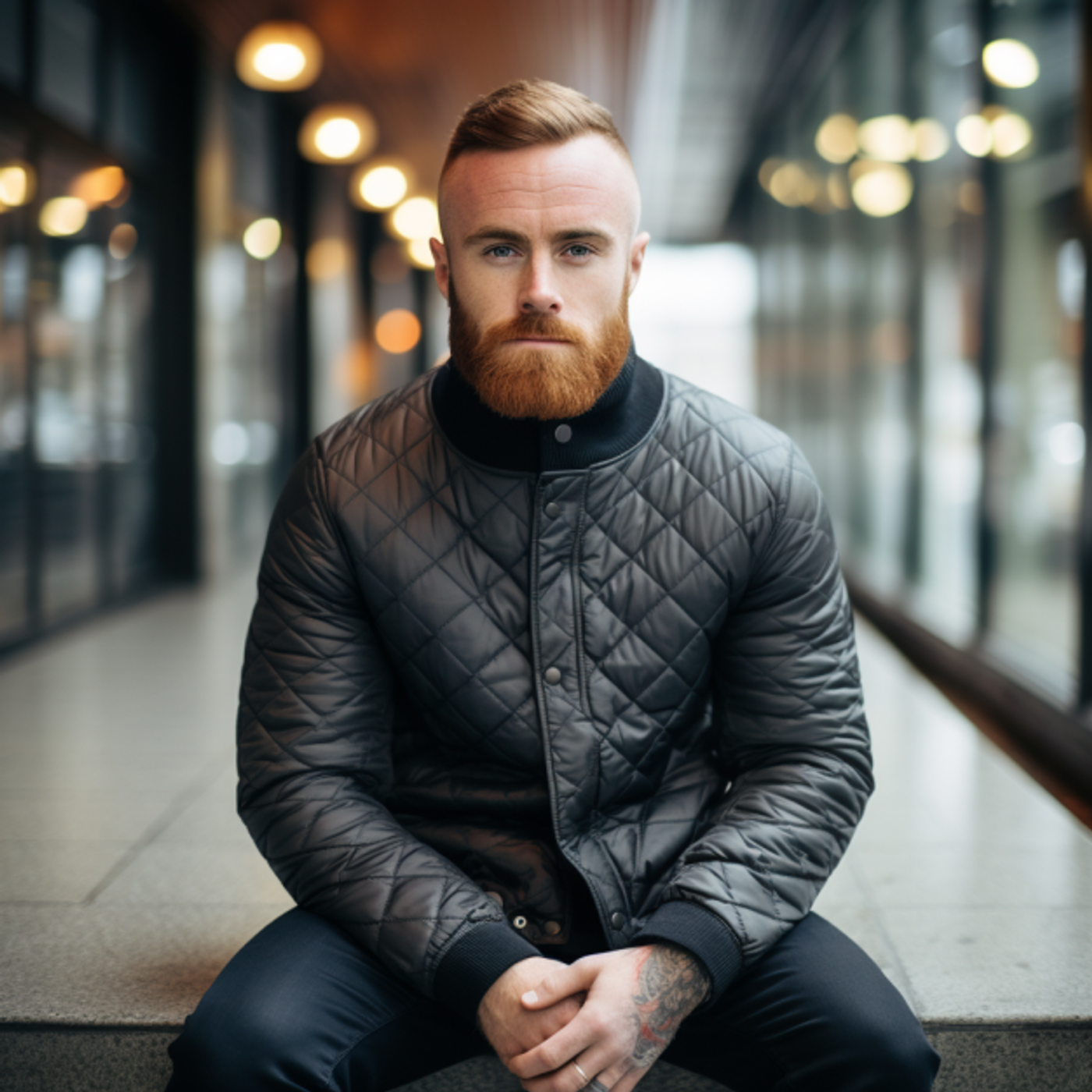
- What It Is: A casual jacket with a quilted pattern for added texture and warmth.
- How to Combine It: Goes well with jeans or chinos, a casual shirt, and casual shoes.
- When to Wear It: Perfect for Fall and Winter. Best for Casual outings.
- Why You Should Own One: Easygoing Style: It’s the jacket that doesn’t try too hard but still looks great.
Pea Coat
Embrace the sailor within you with the Pea Coat, a naval-inspired classic that stands the test of time.
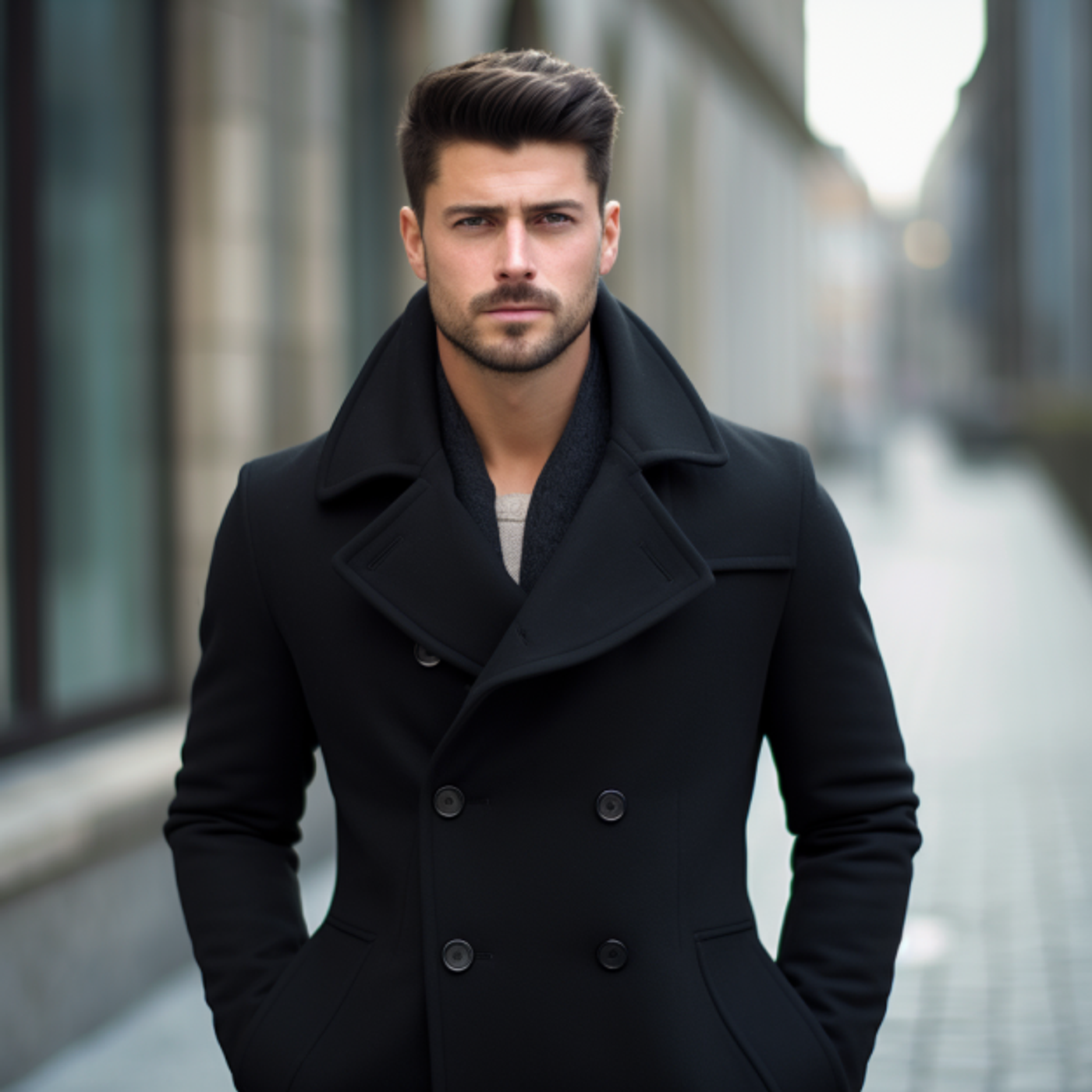
- What It Is: A short, double-breasted coat made of heavy wool.
- How to Combine It: Pair it with jeans or chinos, a sweater, and casual shoes or boots.
- When to Wear It: Best for Winter and Fall. Suited for Casual and Semi-Formal settings.
- Why You Should Own One: Rugged Elegance: A masculine staple that balances form and function. Learn more about this type of coat in our peacoats guide.
Field Jacket
For the adventurous man, the Field Jacket offers both practicality and a touch of rugged style.
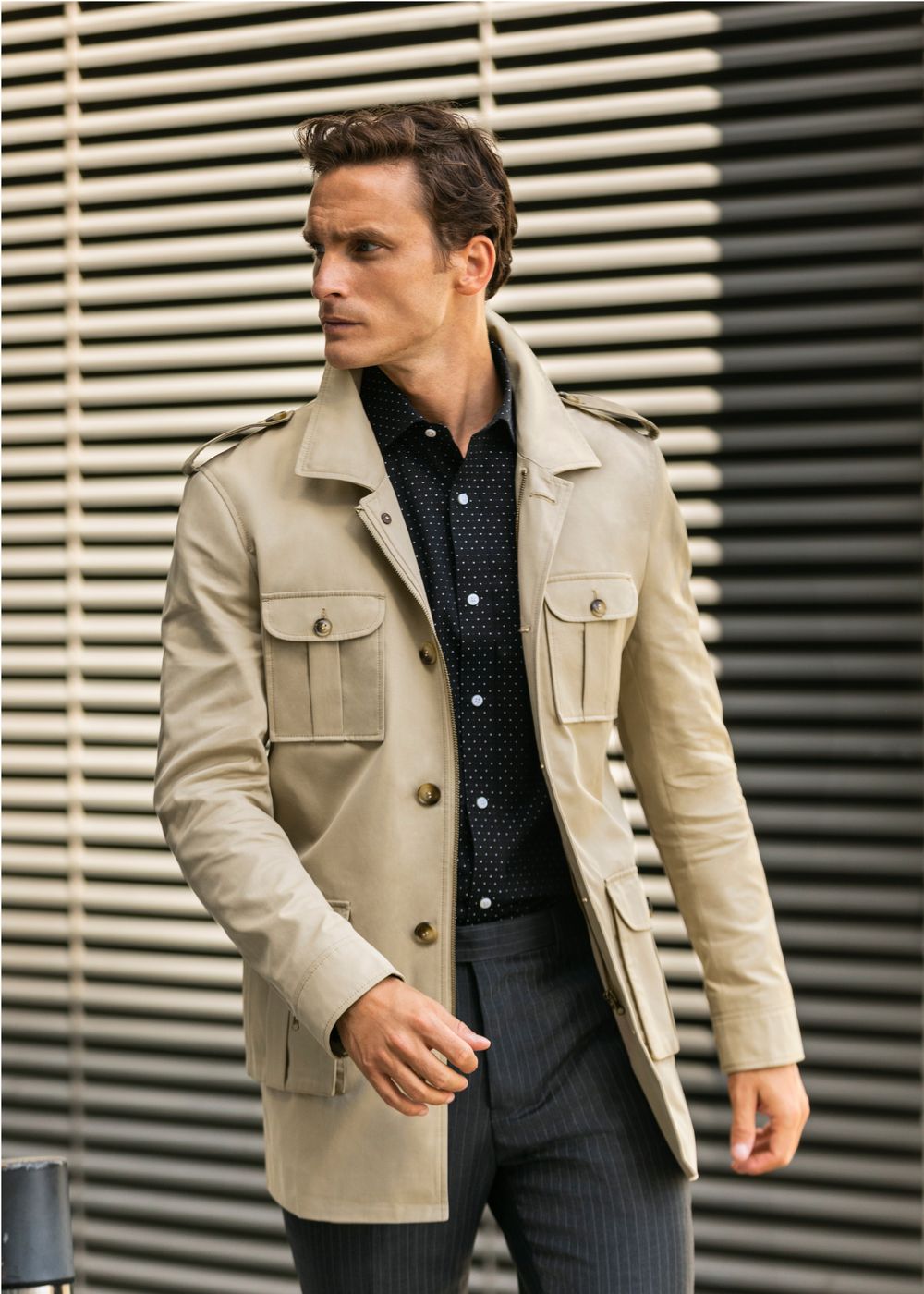
- What It Is: A military-inspired jacket featuring multiple pockets and a relaxed fit.
- How to Combine It: Wear it with chinos or jeans, a casual shirt, and casual shoes.
- When to Wear It: Ideal for Spring and Fall. Perfect for Casual and Outdoor activities.
- Why You Should Own One: Utility: It's as practical as it is stylish, with plenty of room for essentials.
Trucker Jacket
An American classic, the Trucker Jacket is the go-to piece for effortless cool.
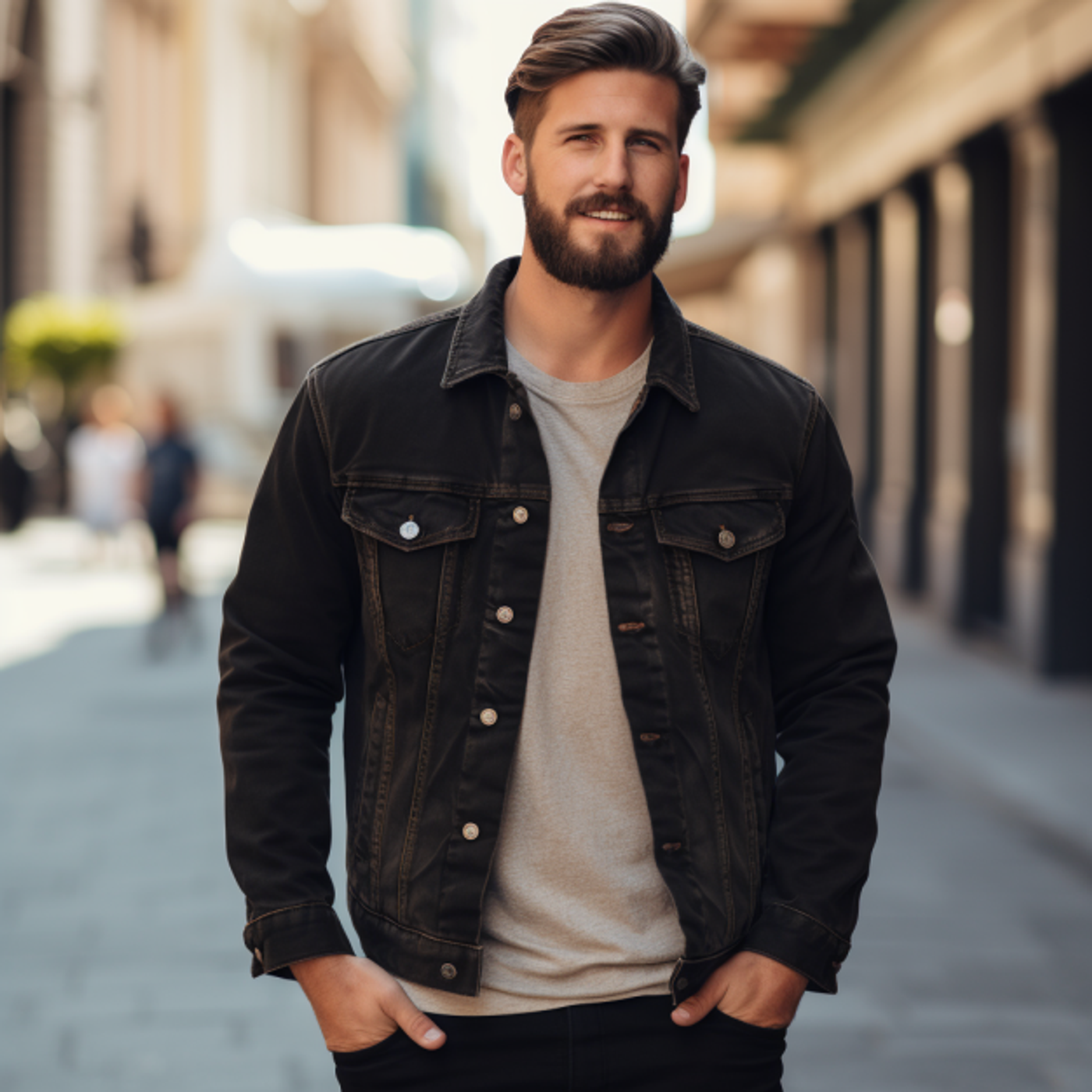
- What It Is: A short, tailored jacket often made from denim.
- How to Combine It: Best with jeans, a t-shirt or casual shirt, and casual shoes.
- When to Wear It: Perfect for Spring and Fall. Ideal for Casual settings.
- Why You Should Own One: Iconic Style: A wardrobe staple that adds an instant edge to any outfit.
Duffle Coat
An enduring classic with British roots, the Duffle Coat is your ticket to cozy yet cultured style.
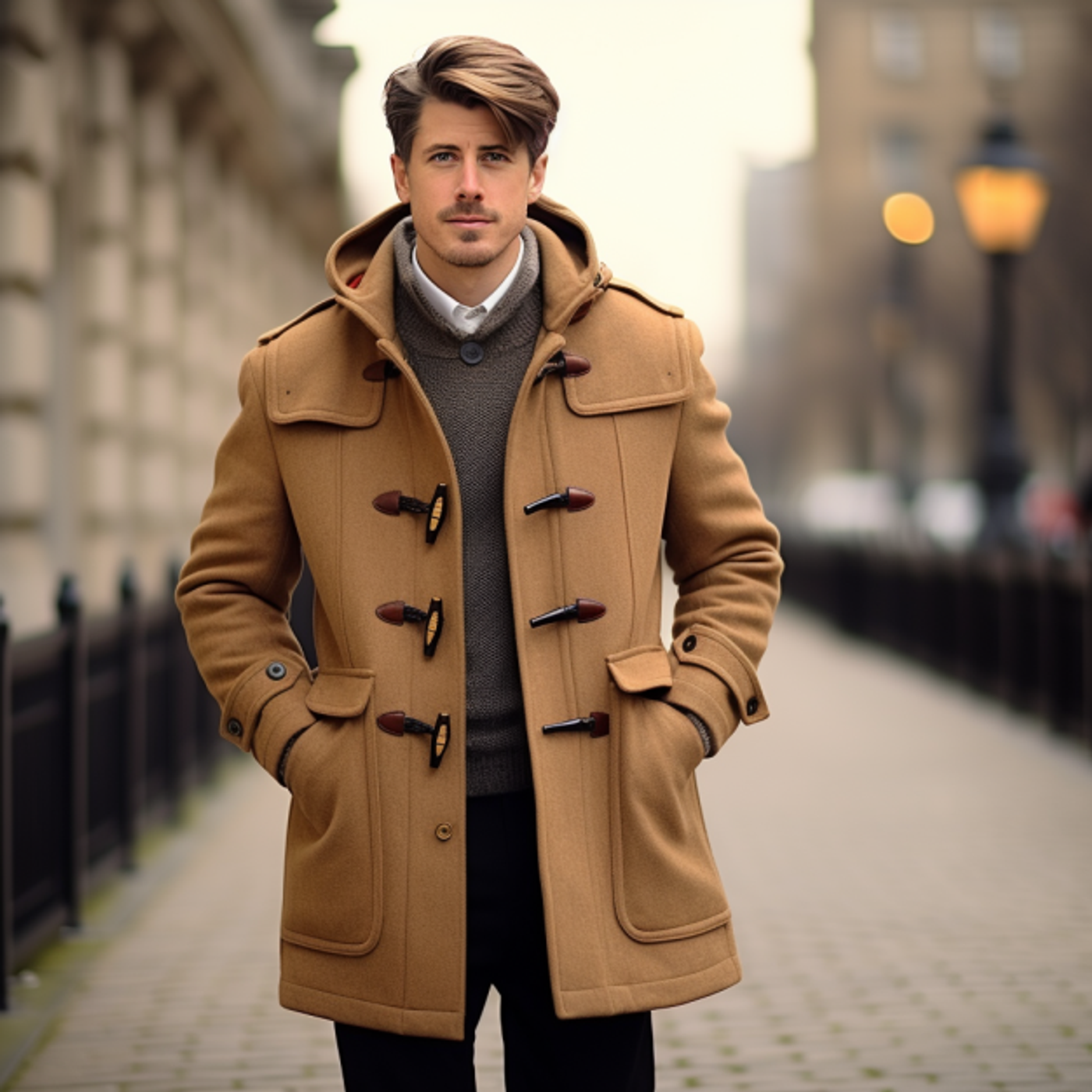
- What It Is: A long, hooded coat with unique toggle fastenings.
- How to Combine It: Ideal with casual pants, a knit sweater, and boots.
- When to Wear It: Best for Winter. Suited for Casual settings.
- Why You Should Own One: Nostalgic Charm: With its iconic toggles, it's a classic piece with a youthful spirit.
Corduroy Jacket
Step into a blend of vintage vibes and modern comfort with the Corduroy Jacket.

-
What It Is: A casual jacket made of corduroy fabric, known for its distinctive wale pattern of raised ridges.
-
How to Combine It: Great with chinos or jeans, a casual shirt or turtleneck, and loafers or boots.
-
When to Wear It: Ideally suited for Fall and Spring. Works well for Casual and Semi-Formal settings.
-
Why You Should Own One: Texture Play: The corduroy material adds a unique textural element to your outfit, allowing for more complex and intriguing looks. It's versatile enough to be both laid-back and dressy, making it a must-have in your wardrobe.
Leather Jacket
The epitome of cool, a Leather Jacket is the ultimate statement piece for any man's wardrobe.

- What It Is: A jacket made of leather, available in various styles like biker, bomber, or racer.
- How to Combine It: Pair with jeans, a t-shirt or casual shirt, and boots or casual shoes.
- When to Wear It: Perfect for Spring and Fall. Ideal for Casual and Night Out settings.
- Why You Should Own One: Attitude: Nothing else adds instant edge and timeless cool quite like it.
Bomber Jacket
For an effortlessly modern and youthful look, the Bomber Jacket is your go-to.

- What It Is: A short, durable jacket with ribbed cuffs and hem.
- How to Combine It: Casual pants or jeans, a t-shirt, and sneakers make the perfect outfit.
- When to Wear It: Ideal for Spring and Fall. Suited for Casual settings.
- Why You Should Own One: Easy Style: It's simple yet stylish, making it a versatile wardrobe staple.
Denim Jacket
A symbol of American freedom and individuality, the Denim Jacket is the casual wardrobe's backbone.

- What It Is: A jacket made from denim fabric.
- How to Combine It: Best with casual pants, a t-shirt, and sneakers.
- When to Wear It: Perfect for Spring and Fall. Ideal for Casual settings.
- Why You Should Own One: Enduring Style: It’s a timeless piece that’s always in vogue.
Anorak
When it comes to functional fashion, the Anorak has you covered, quite literally.

- What It Is: A pullover jacket often made from weather-resistant materials.
- How to Combine It: Casual pants or jeans, a t-shirt, and sneakers work well.
- When to Wear It: Suited for Spring and Fall. Perfect for Casual and Outdoor activities.
- Why You Should Own One: Practicality: It’s a stylish way to stay protected from unpredictable weather.
Varsity Jacket
Bask in the nostalgia of your high-school days with a grown-up twist: the Varsity Jacket.

- What It Is: A casual jacket with a two-tone design, often featuring leather sleeves and a wool body.
- How to Combine It: Pair with jeans, a t-shirt, and sneakers.
- When to Wear It: Ideal for Spring and Fall. Suited for Casual settings.
- Why You Should Own One: Youthful Vibes: It brings a spirited touch to your casual wardrobe.
Parka
For those truly frigid days, the Parka is your fortress against the cold.

- What It Is: A long, hooded, and insulated jacket designed for extreme cold.
- How to Combine It: Works well with jeans, a t-shirt, and sneakers or boots.
- When to Wear It: Best for Winter. Ideal for Casual and Outdoor settings.
- Why You Should Own One: Ultimate Warmth: When it's more about survival than style, the parka has your back.
Overcoat vs Pea Coat: The Battle of Formality
Both the Overcoat and the Pea Coat offer warmth and style, but they serve very different needs.

- Commonalities: Both are winter staples made primarily from wool, offering good insulation.
- Differences:
- Formality: The Overcoat is more formal and often worn over suits, while the Pea Coat has a more casual, nautical flair.
- Length: Overcoats are generally longer, covering the knee, while Pea Coats are shorter, hitting at the hip or mid-thigh.
- Lapels: Overcoats usually have notch lapels, while Pea Coats come with broad lapels and are double-breasted.
Bottom Line: Choose an Overcoat for formal settings and a Pea Coat for casual to semi-formal occasions.
Chesterfield Coat vs Overcoat: A Nuanced Elegance
At first glance, these two coats may seem similar, but the devil is in the details.
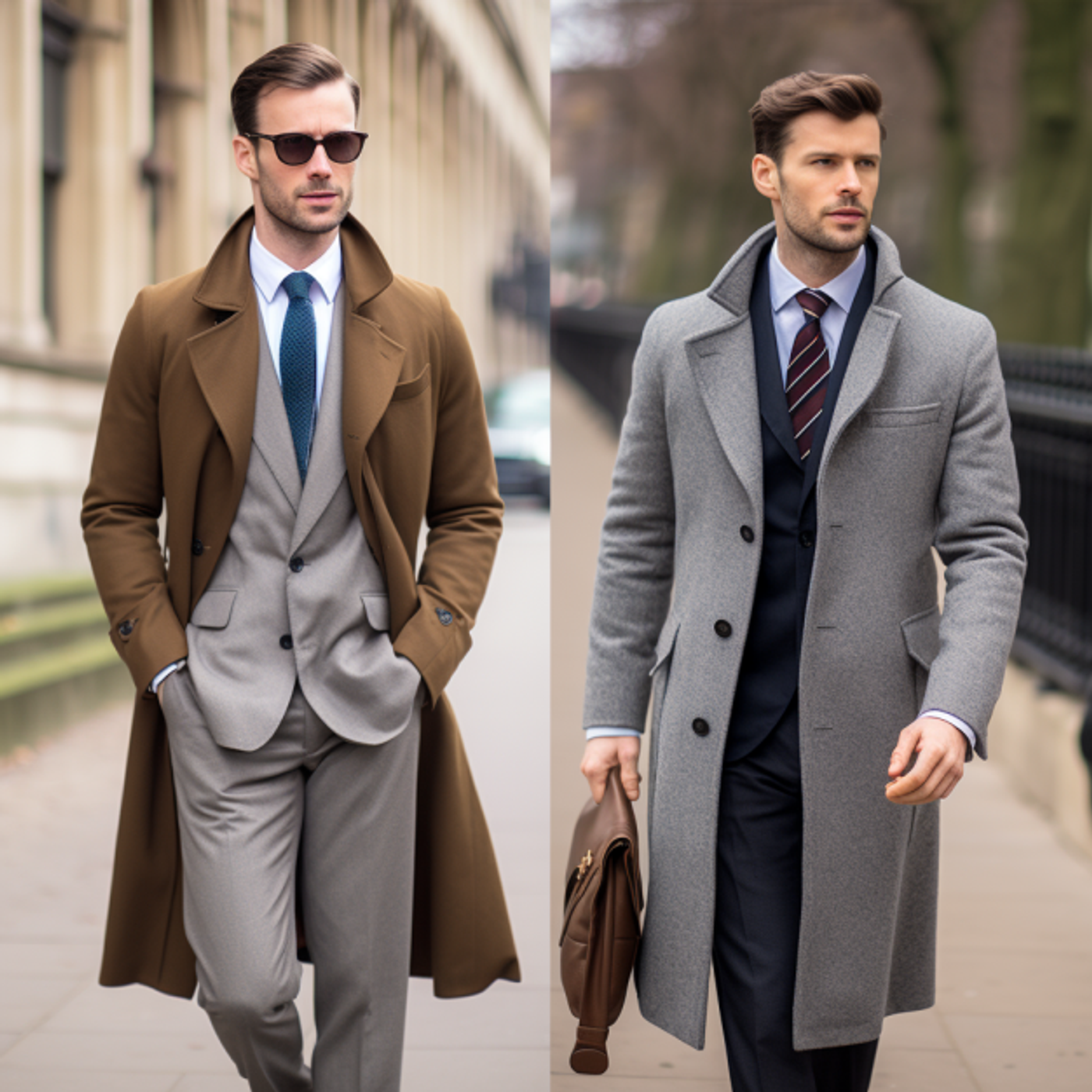
- Commonalities: Both are long, formal coats usually made of wool or a wool blend.
- Differences:
- Design: The Chesterfield often comes with a velvet collar and has a more streamlined look. Overcoats may have a back vent and fuller cut.
- Versatility: Chesterfields are generally more versatile, pairing well with both suits and casual wear, whereas Overcoats are more strictly formal.
Bottom Line: If you're looking for elegance with a touch of flair, go for a Chesterfield. For a more traditional, formal look, the Overcoat is your best bet.
Trench Coat vs Overcoat: Seasons of Style
The Trench Coat and Overcoat are both stylish but serve different seasonal needs.

- Commonalities: Both are considered formal wear and can be paired with suits.
- Differences:
- Material: Trench Coats are often made from water-resistant materials like gabardine, while Overcoats are usually made from wool.
- Season: Trench Coats are ideal for the transitional seasons of Spring and Fall, while Overcoats are built for the colder months.
Bottom Line: Opt for a Trench Coat in milder weather and transition to an Overcoat as temperatures drop.
Duffle Coat vs Pea Coat: Casual Comforts
If you're looking for a casual winter coat, both the Duffle Coat and Pea Coat are strong contenders.

- Commonalities: Both coats are generally made of wool and provide good insulation.
- Differences:
- Closures: Duffle Coats come with unique toggle fastenings, while Pea Coats are double-breasted with buttons.
- Hood: Duffle Coats often come with a hood, while Pea Coats usually do not.
Bottom Line: The Duffle Coat is ideal for a relaxed, youthful look. The Pea Coat, meanwhile, offers a more structured, naval-inspired style.
Single-Breasted Coat vs Double-Breasted Coat: The Button Debate
The number of buttons and the way they're configured can dramatically alter a coat's vibe and formality.

Commonalities: Both types can be found in various styles like Overcoats, Trench Coats, and Pea Coats.
- Differences:
- Button Layout: Single-breasted coats usually have one to three buttons in a single line, while double-breasted coats have a two-column button setup.
- Formality: Double-breasted coats are often considered more formal and imposing than single-breasted versions.
- Versatility: Single-breasted coats are generally more versatile, pairing well with both casual and formal outfits.
Bottom Line: Go single-breasted for versatility and double-breasted for a bold, formal statement.
Topcoat vs Pea Coat: A Clash of Length and Style
While both the Topcoat and Pea Coat offer style and warmth, they cater to different tastes and occasions.
- Commonalities: Both are made primarily from wool or wool blends and are staples for colder weather.
- Differences:
- Length: Topcoats usually extend to the mid-thigh or knee, while Pea Coats are shorter, hitting at the hip or mid-thigh.
- Formality: Topcoats are generally more formal and pair well with business attire, while Pea Coats are more casual.
- Design: Topcoats often come in single-breasted styles, while Pea Coats are traditionally double-breasted with broad lapels.
Bottom Line: Choose a Topcoat for a more elongated, formal look and a Pea Coat for a casual, yet classic style.
FAQs
What is the Warmest Coat Material?
Wool is the warmest coat material for winter. The purer the better. Of course, pure wool comes at a certain expense. If you are looking for something less expensive, go for a wool blend, but look for a material with a larger wool percentage than the synthetic fabric that is involved in the mixture. A wool and nylon blend is great if you want a coat that lasts for a couple of years, as nylon adds a great amount of strength to the material mixture.
What Coat is Best for Winter?
There are many types of coats suitable for the winter. Peacoats, duffle coats, and chesterfield are some great options, as they are typically made from wool. A trench coat, on the other hand, should be avoided for the winter, as the cotton fabric will not shield you from the icy winter weather.
What is the Difference Between a Jacket and a Coat?
Jackets are considered more of a casual, lightweight clothing item, while coats are considered a more formal option and are made of a heavier fabric. Moreover, coats are longer and typically reach knee length or below the knee, while jackets stay at the hip.
What is a Car Coat, and why is it called that?
A Car Coat is a mid-length coat, designed originally for early automobile drivers. Its primary purpose was to shield drivers from the elements when cars were still without proper cabins. Generally, car coats are tailored to end at the thigh and are made from heavy materials to provide warmth, though their design has evolved over time to match contemporary fashion.
Are Parka Coats suitable for urban wear?
Absolutely! While Parka Coats were initially designed for cold weather and rugged conditions, their functionality combined with a stylish appearance makes them a popular choice for urban wear. Modern parkas come with fur-lined hoods and are often waterproof, making them practical yet trendy for city life during cold seasons.
How does a Trench Coat differ from a Mac Coat?
Both the Trench Coat and the Mac Coat (or Mackintosh) are raincoats by origin, but they have distinguishing features. The Trench Coat is double-breasted, often belted, and comes with epaulettes and storm flaps. It's usually longer, reaching below the knee. On the other hand, a Mac Coat is simpler in design, single-breasted, and tends to be a bit shorter. It's also made of rubberized fabric, ensuring waterproof qualities.
Is the Overcoat strictly a formal wear item?
Traditionally, Overcoats were viewed as formal wear, mainly because they were worn over suits and business attire. However, modern fashion has embraced versatility. Today, overcoats can be paired with both formal wear and casual attire like jeans and sneakers, striking a balance between elegance and casual chic.
Why are pea coats double-breasted?
The Peacoat, with its naval origins, is double-breasted primarily for functionality. The design offers extra fabric layers, which provide more warmth and protection against harsh sea winds. The overlapping fabric, combined with its heavy woolen material, made it ideal for sailors. Over time, the design became iconic and is now as much about style as it is about warmth.
Conclusion
So there you have it, gents—the ultimate guide to leveling up your outerwear game. From the suave sophistication of the Chesterfield to the youthful vibes of the Varsity Jacket, there's a coat for every man, every mood, and every weather condition. Whether you're braving the winter chill or simply looking to amp up your style, remember: the right coat isn't just an investment in fabric, it's an investment in you. So choose wisely, step out in confidence, and make every moment a fashion statement worth remembering.








